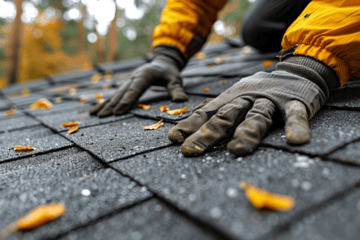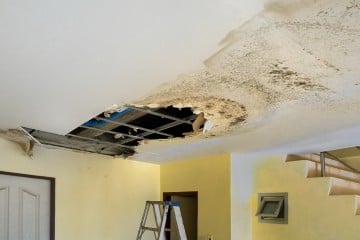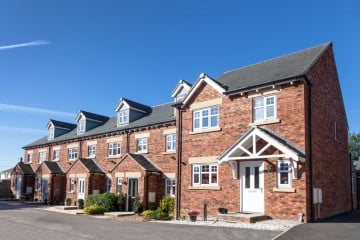"If any part of your home, outbuildings or garage has a flat roof, you need to tell us the percentage that’s flat to be able to compare quotes for the cover you need.
If you’re not sure how much of your roof is flat, check the homebuyer survey from when you bought your home or ask a surveyor."







